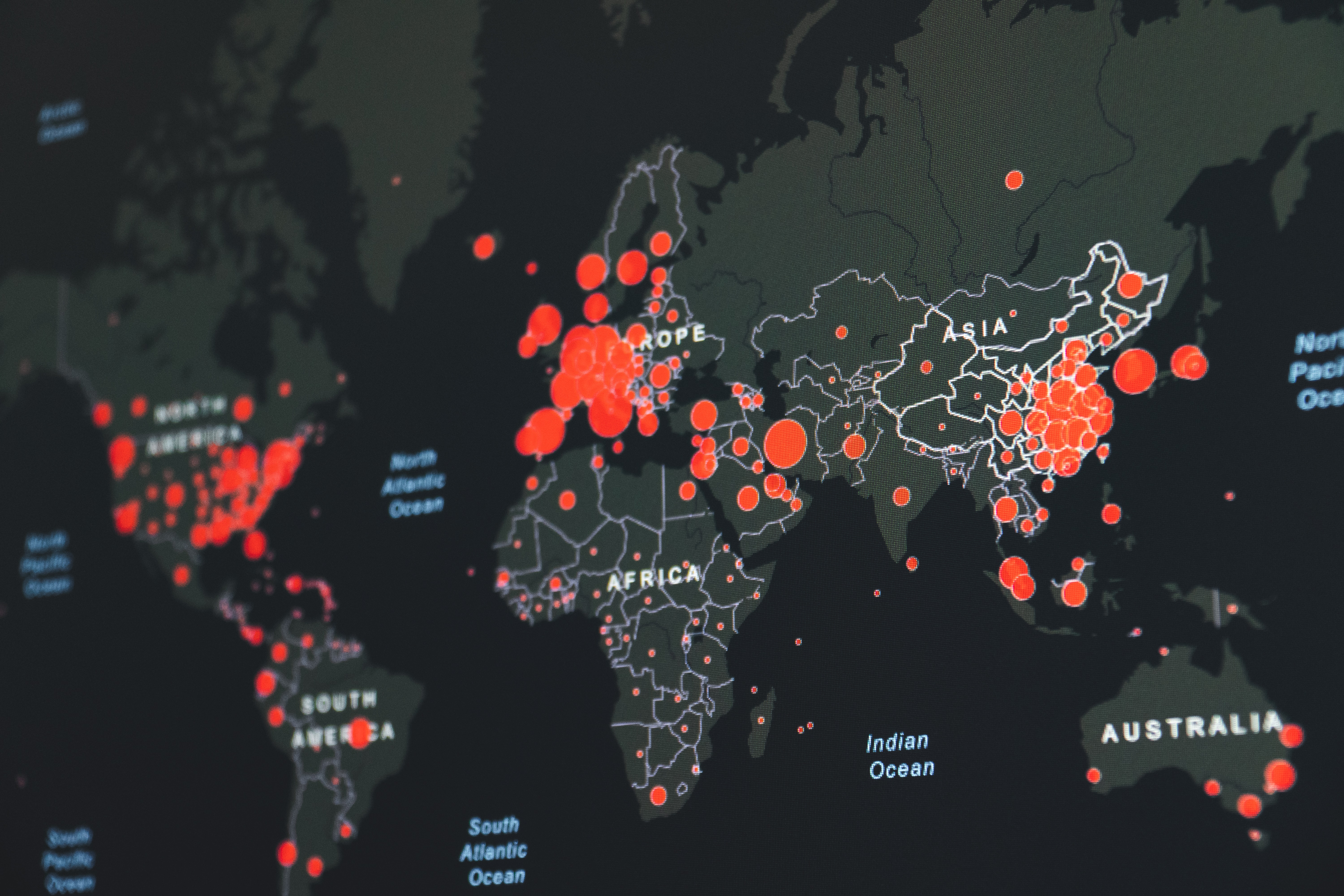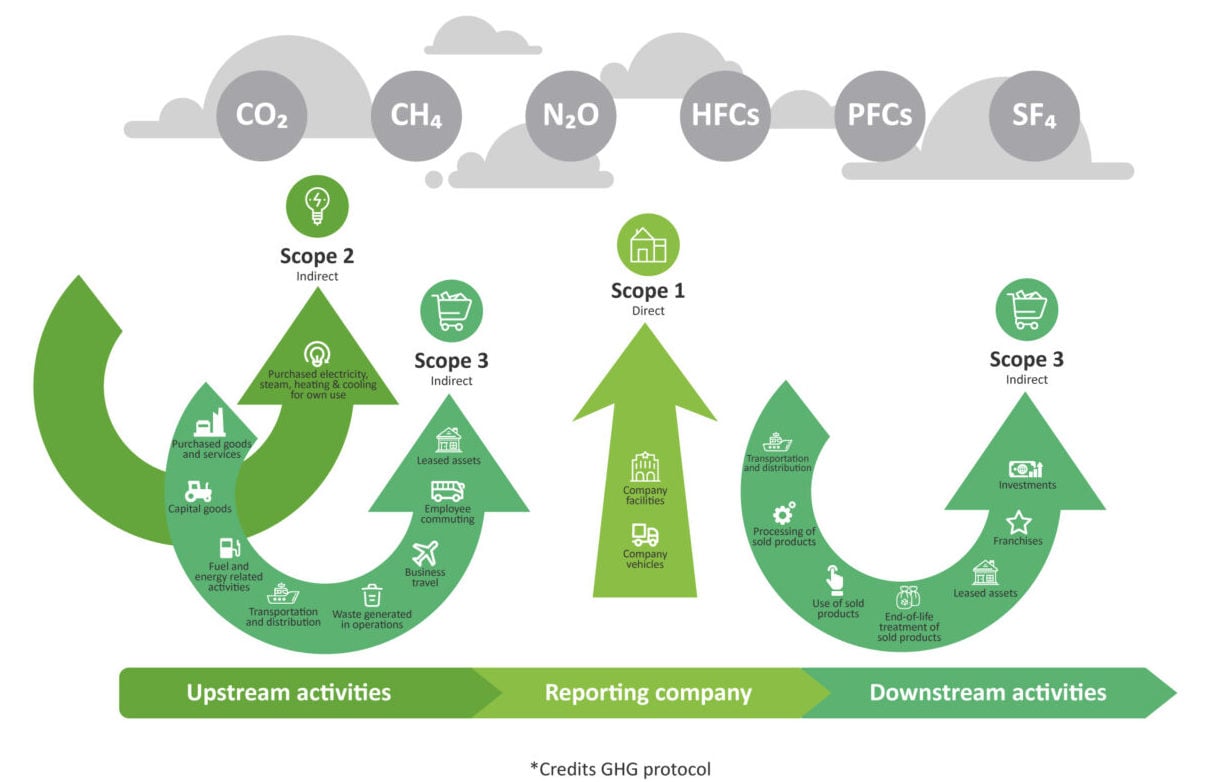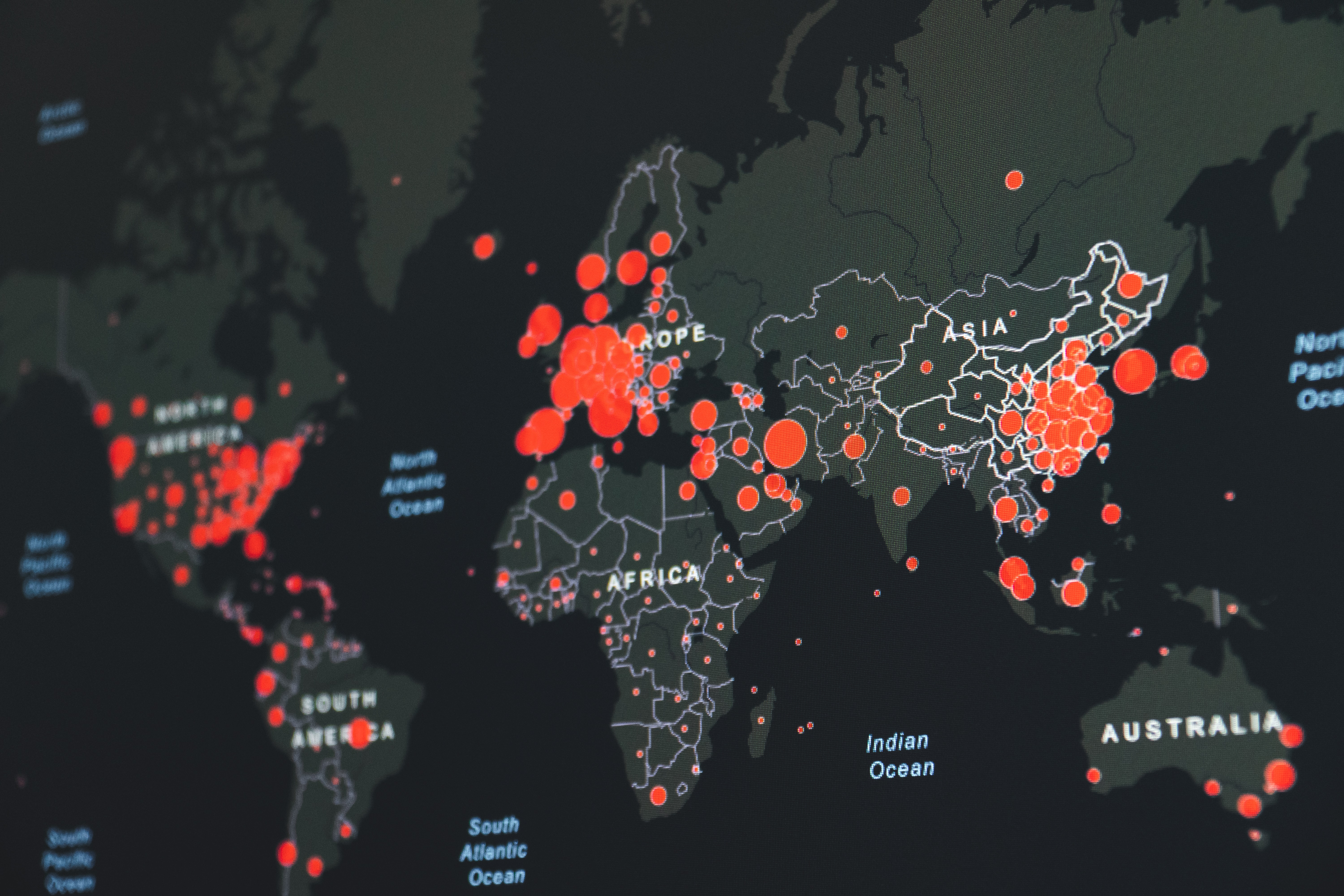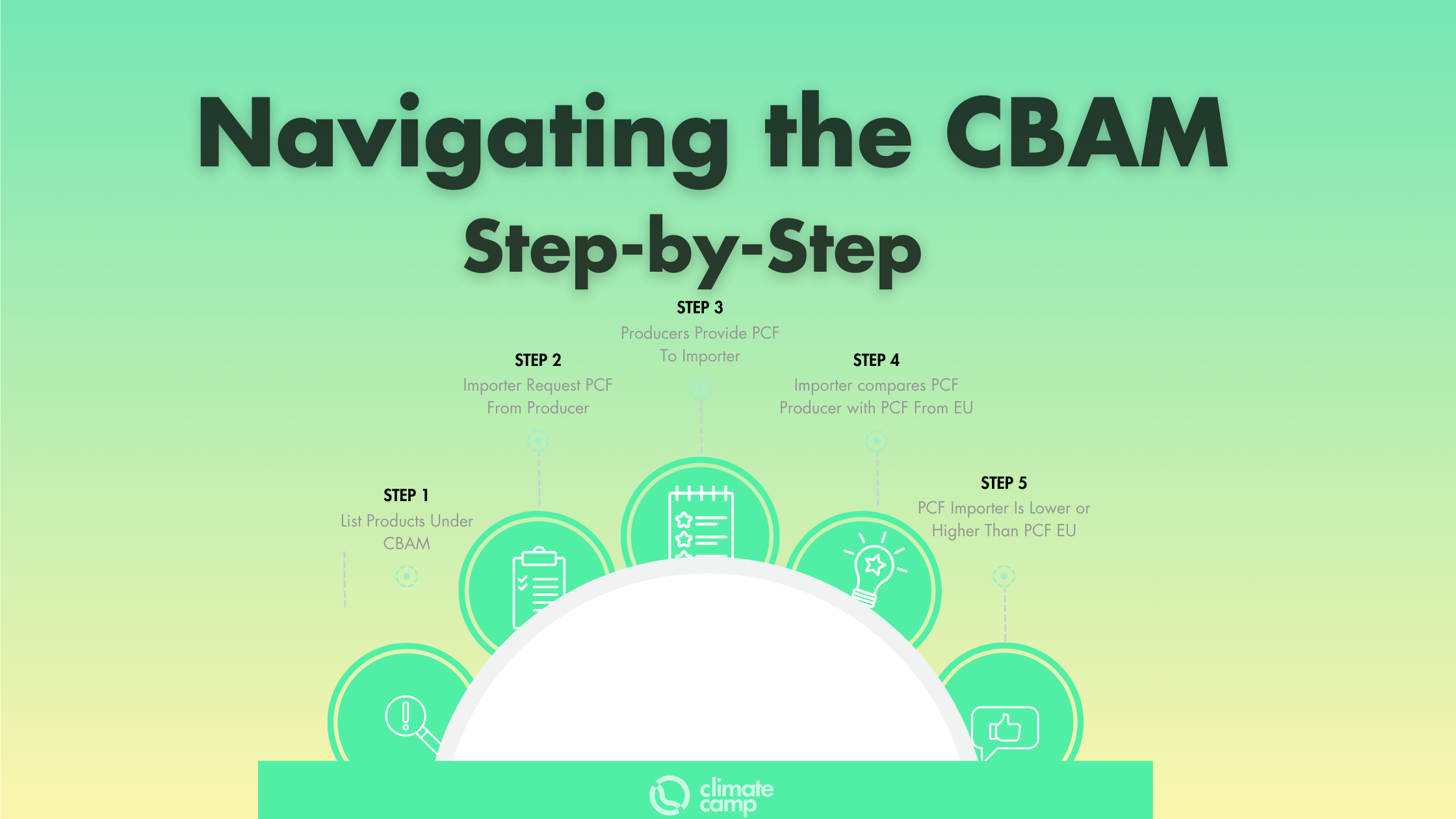Scope 3 emissions & CSRD: all you need to know.

CSRD: what does it mean?
On the 10th of November the European Parliament approved the Corporate Sustainability Reporting Directive (CSRD) as part of the EU legal framework.
The directive is a major communitarian regulation that applies to all companies based in the European Union or operating in its borders through franchises with a turnover of over €150 million euros.
The text provides a set of environmental, social and governance (ESG) reporting requirements that all commercial actors active in the EU will have to cope with, in both financial and insurance terms.
What’s the idea behind the Directive?
The Directive sets social and environmental standards that will drive consumers and investors in their relationship with businesses. The aim is to influence companies to decrease harmful impacts on workers, communities and nature, moving towards the ambitious but necessary “net zero economy” that leads the European Commission’s agenda.

To date, reports on sustainability and social standards have been drafted through several metrics and indicators, reflecting a fragmented and confusing context that had a relatively low binding power. The main reference in this context is in fact the "Non-Financial Reporting Directive (NFRD)”, a set of environmental indicators that classifies medium to large companies as “environmentally friendly” or not. The goal is to provide third parties with sustainability data that can influence their collaborations or investments, stimulating businesses to improve their sustainability standards.
Despite the useful aim, the NFRD didn’t make the cut: it had no binding force over governments and to date only 12 countries have adopted it -in more or less intense ways.
What’s in the Directive?
To answer the need for climate mitigation policies and the gap on binding environmental laws, the European Commission created a clear and wide range of reporting requirements, displaying precise indicators that allow all companies to all refer to the same procedures.
Contrary to previous measures, like the Non-Financial Reporting Directive, the Corporate Sustainability Reporting Directive will not be set as recommendations or guidelines, but as binding certifications with financial relevance, entering the front end of annual reports.

What and Who will the CSRD impact?
The directive broadened the scope of action of the reporting: more actors and processes will fall under the requirements, opening new challenges for the risk management of companies. In fact, the legal nature of the CSRD implies fiscal sanctions and annual inspections that can have a greater impact on the business turnover than the “non-financial risks” of past reports.
Commercial actors will have to answer 12 European Reporting Standards (ERS) covering cross-sectional ESG aspects like climate change, pollution, circularity, affected communities, end-users and business conduct.
The directive in fact asks businesses to provide a great amount of transversal information featuring various indicators, for which large-scope calculations will be needed.
Compliance to those data is happening soon, namely:
- 1 January 2024: All businesses falling under the current NFRD scope will have to submit their first reporting referring to the Fiscal Year 2023.
- 1 January 2025: Large undertakings that currently are not subject to the NFRD;
- 1 January 2026: Major SMEs and other smaller businesses with a turnover of min. 40 millions €, a minimum of 20 millions € in assets and more than 250 staff members.
Actions to be taken:
The most immediate need for businesses will be calculating their Carbon impact on a wide scale: for that, creating a “corporate GHG inventory” that quantifies and allocates GHG in the company's processes and flows will become pivotal. To this aim, it will be important to state the direct and indirect CO2 emissions associated with all annual business operations.
Such an Inventory, also known as "organization carbon footprint" is essential for planning decarbonization efforts, since it gives a specific indication of which commercial operations produce the most greenhouse gas emissions as well as the baseline emission level. This picture enables in fact the technical, planning, and cost-benefit prioritization of decarbonization efforts.
Businesses will indeed need such a clear and transparent outlook of their supply chain emissions in order to be able to control the whole productive GHG picture.
CSRD and Scope 3: what's now expected
In this context, the main reference to map emissions is the “GHG Protocol” , followed by the ISO 14064-1 standard. The GHG Protocol is indeed the most widely used accounting tool for CO2 footprint calculation, as it defines what should be included in the calculation, the methods of quantification and the guidelines for public disclosure.
For its global approach, the Protocol embeds all possible GHG emissions into 3 main categories, making a distinction based on their nature.
Namely:
- Scope 1 emissions: CO2 emissions coming from company-controlled or owned sources.
Ex: pollution from the machines used for the production of a bar of chocolate. - Scope 2 emissions: indirect emissions directly linked to the production. They are generated from third parties and away from the business location. This includes both upstream and downstream activities.
Ex. the pollution that an external enterprise generated to light the factory of the chocolate brand. - Scope 3 emissions: indirect emissions to which the production depends on: these are all the emissions embedded in the value chain and therefore "in" the product.
Ex. the pollution made to obtain the cocoa, milk etc for the chocolate bar.
Scope 3 emissions are pivotal to the end-product (or service), but they are not under the direct control of the producer, contrary to scope 1 and 2 emission.

Monitoring and refreshing their status is fundamental to avoid leaking efforts in sustainability and social engagements, and allows communicating a transparent and accountable reporting. This can increase consumers trust and lead to fiscal benefits awarding best performances. The published data will then be subject to the "limited third-party assurance" for which an external and independent auditor will verify the information provided by companies.
Being applied to so many sectors and so many actors, the CSRD will require a digital format and the use of a digital taxonomy. Those will be based on the iXHTML format and the European Single Electronic Format (ESEF), providing interconnected and transparent data, favouring fair and accessible metrics.
What to look at: risks and opportunities
Business will have to reshape their priorities scale, as transparency and accountability on ESG aspects will become as important as the quality of the service or product provided.
The efforts made by the European Commission when drafting the measure focused indeed on greenwashing prevention, awarding real sustainability efforts and punishing misleading sustainability charades to disguise overproduction. Also, with a more aware and vulnerable public, businesses will have to carefully manage their social standards and emissions, as they will be closely related to costumer success and therefore financial performance. Alongside marketing prospects, fiscal aspects will leverage business models.
By lowering the cost of energy use, fuel, or trash disposal, lowering carbon emissions can potentially create considerable business opportunities.
How to prepare:
Seen this context, businesses and organisations are expected to work on their environmental impact metrics, smoothing communication processes with suppliers and consumers. This will certainly require new management systems, that allow actors to reflect changes and communicate data in a fast, easy and accessible way.
ClimateCamp offers exactly what is needed: a CO2 emissions management system, covering scope 1, 2 and 3 emissions. ClimateCamp aligns real carbon emissions data across the value chain, collaborating with suppliers and customers on the most up-to-date emissions metrics. Breaching the surface of the “benchmark” level, ClimateCamp provides a comprehensive and easy-to-use platform, in which carbon reduction targets can be set and monitored. All in line with the upcoming regulatory frameworks.


